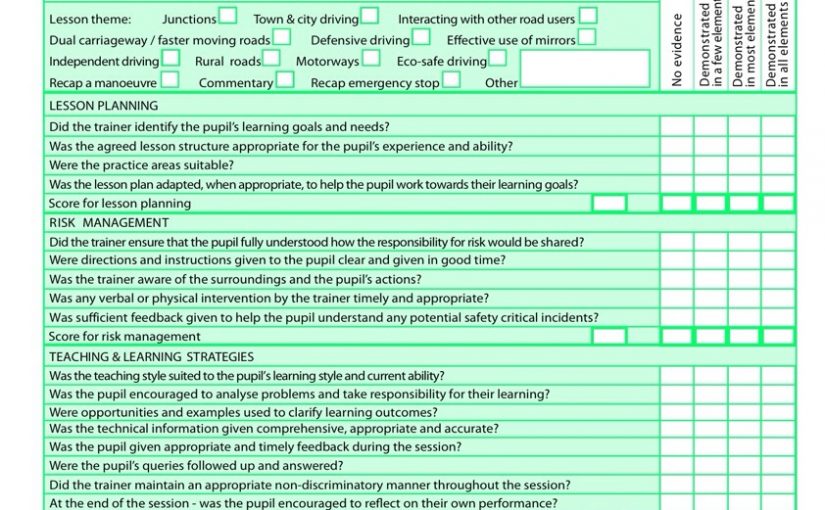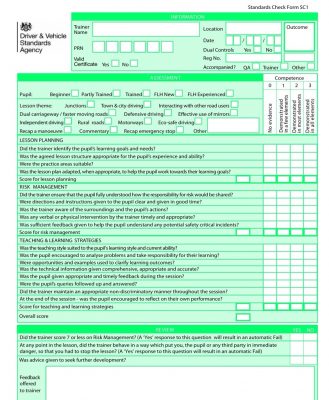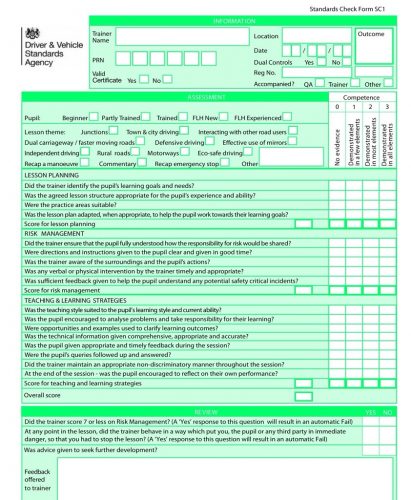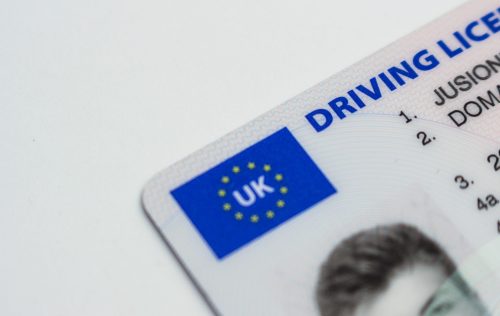
Part Three ADI Training
Posted in: Driving Instructor Training.
Part Three Driving Instructor Test
Driving Instructor Trainers will provide a course based on the following guidelines – Part 3 Test of Instructional Ability. Part Three Driving Instructor Test
We will provide a complete training programme
When you join Blue for a training course we first meet up for an informal chat, discuss your requirements and timescale that you would like to complete the course by.
The Training
The training starts with one to one in car, so all the attention is focused on you the trainee, every session is recorded and you are given a signed copy of all course material for that day, and of course the training is spread over several weeks or months, depending on your availability.
What you’ll be marked on in your Part 3 Test
You’ll be marked on 17 areas of competence that are grouped into 3 categories:
- lesson planning
- risk management
- teaching and learning strategies
Conducting the Part Three Test The test must be conducted in either English or Welsh. Interpreters for the purpose of translating any other language are not allowed. If a PDI requires a Welsh-speaking examiner, they should request this on their application.
Examiners will observe the PDI delivering a normal lesson with a pupil for about an hour.
They will assess the PDI’s delivery of instruction to their pupil based on the criteria set out on ADI Part 3/SC and the National Standards for driver and rider training.
An increasing number of instructors provide training to the emergency services. This training can include taking advantage of legal exemptions such as exceeding speed limits or not complying with traffic signs.
The examiner should tell the PDI that they cannot accompany the lesson for health and safety reasons if they are told that the proposed lesson plan includes elements, which require the trainee to take advantage of the exemptions. The examiner must stop the test if the PDI refuses to change the lesson plan to take out these elements.
Before the lesson starts, the examiner will ask the PDI some questions about their pupil.
They should be able to state:
• roughly how many hours of tuition their pupil has had • whether their pupil is getting any other practice, e.g. from parents or others • their pupil’s strengths and areas for development
The PDI should show the examiner the pupil’s driver’s record (if they have one) before the start of the lesson to help explain their current progress in their agreed training programme.
To fully satisfy this requirement the PDI must: • actively recognise the need to understand the pupil’s experience and background • ask suitable questions • encourage the pupil to talk about their goals, concerns etc. and actively listen to what the pupil has to say • understand the significance of what they say • recognise other indications, e.g. body language, that the pupil is trying to express something but perhaps cannot find the right words
These are what we mean by the elements. Another way to express it would be to think of these as the building blocks, which go to make up the lower level competence, which is being assessed.

Tags: ADI Part 3, driving instructor test, Part 3 test

















